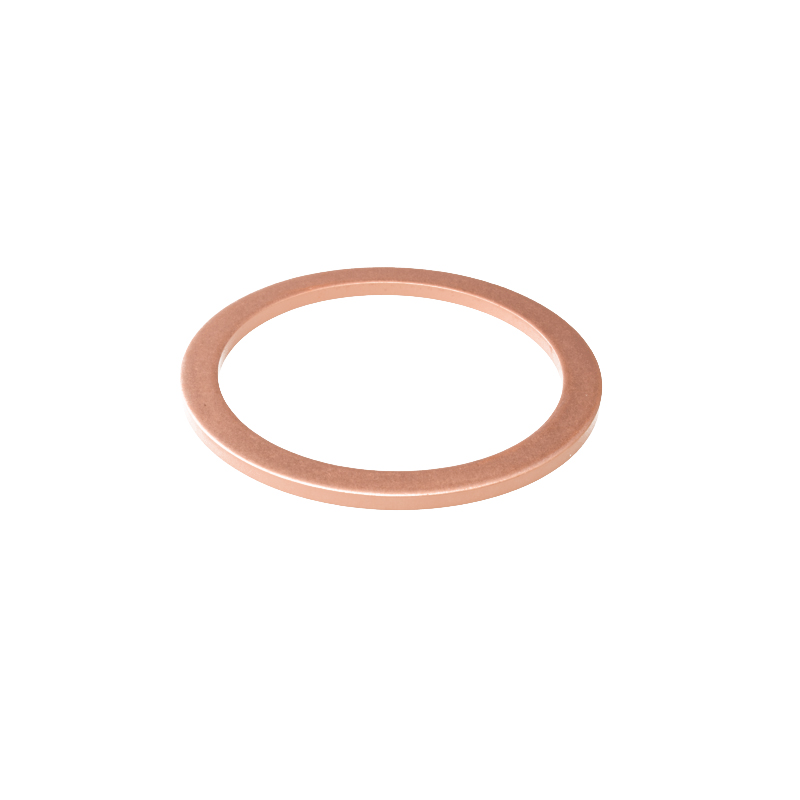power steering rack and pinion seal kit
Understanding the Power Steering Rack and Pinion Seal Kit
In modern vehicles, ensuring smooth steering performance is essential for both safety and driver comfort. One of the critical components of a power steering system is the rack and pinion, which facilitates precise steering control. However, like any mechanical system, the steering rack and pinion can be prone to wear and tear, largely due to fluid leakage caused by damaged seals. This is where the power steering rack and pinion seal kit comes into play.
What is the Power Steering Rack and Pinion?
The power steering rack and pinion is an assembly that converts the rotational motion of the steering wheel into the linear motion required for steering the wheels. The rack is a long, flat metal bar with teeth cut into it, while the pinion is a small gear that engages with these teeth. When the driver turns the steering wheel, the pinion moves along the rack, pushing the wheels in the desired direction. This system is often assisted by hydraulic pressure, which reduces the effort required to turn the steering wheel, providing a smoother driving experience.
Importance of Seals in the System
Seals are integral to the functioning of the power steering system. They prevent the power steering fluid from leaking out of the rack and pinion, ensuring efficient operation and maintaining hydraulic pressure. When seals become worn or damaged, power steering fluid can leak, leading to reduced steering effectiveness and potential damage to the system. Common signs of failing seals include the steering wheel feeling heavy, whining noises when turning the wheel, or visible fluid leaks under the vehicle.
Components of the Seal Kit
power steering rack and pinion seal kit

A power steering rack and pinion seal kit typically includes a variety of seals and O-rings designed specifically for the application. These components are often made from high-quality rubber or synthetic materials that can withstand the harsh conditions of constant exposure to hydraulic fluid and temperature variations. Here are some of the primary components you might find in a seal kit
1. Rod Seals These seals prevent fluid from leaking out around the rods that move within the rack. 2. End Seals Located at the ends of the rack, these seals keep fluid contained within the system and prevent debris from entering. 3. O-Rings These flexible rings create tight seals around various joints and fittings. 4. Dust Boots These cover and protect the steering components from dirt and moisture, which can lead to failure.
Installation and Maintenance
Installing a power steering rack and pinion seal kit is a task that can often be done by a skilled DIY mechanic, but it does require some mechanical knowledge and the right tools. The process typically involves removing the steering rack from the vehicle, disassembling it to access the seals, replacing the old seals with new ones from the kit, and then reassembling and reinstalling the rack.
Regular maintenance of the power steering system is crucial for longevity and performance. Checking the fluid level and condition, looking for leaks, and replacing worn seals or fluid as necessary can help prevent more significant issues down the road.
Conclusion
The power steering rack and pinion seal kit is an essential part of maintaining the steering system in your vehicle. By understanding its importance and the role that seals play in the smooth operation of the power steering, vehicle owners can ensure safer and more comfortable driving experiences. Whether you are a car enthusiast or a casual driver, being aware of the function and maintenance of your vehicle's steering components is key to vehicle longevity. When in doubt, consulting a professional mechanic may provide the best course of action in addressing power steering issues.
-
Understanding Automotive Oil Seals: Essential Components for Engine and Shaft Protection
News Jul.30,2025
-
The Importance of Heavy Duty Seals in Industrial and Residential Applications
News Jul.30,2025
-
Exploring Industrial Oil Seals: From Felt Oil Seals to TTO and CFW Solutions
News Jul.30,2025
-
Essential Guide to Oil Seals: From Radial to Metal-Cased Seals for Industrial Reliability
News Jul.30,2025
-
Choosing the Right Oil Seals and Gaskets for Industrial and Automotive Applications
News Jul.30,2025
-
Cassette Seals: Durable Sealing Solutions for Harsh Environments
News Jul.30,2025
-
Understanding the Front Main Engine Seal: Purpose, Maintenance, and Installation
News Jul.29,2025
Products categories















